All chefs who are worth their salt understand the intricacies of seasoning with salt, and how different types of salt impact their food.
You may not be a professional chef, but salt is a ubiquitous element that you consume every single day.
Salt matters to your health. What do you really need to know about salt, and how can salt improve your quality of life?
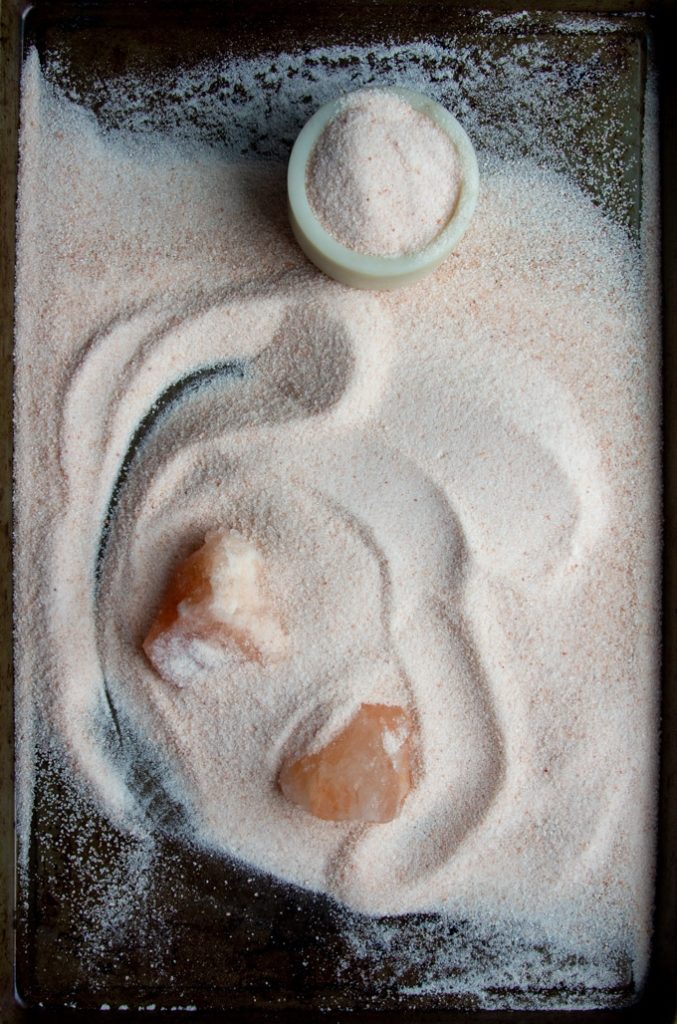
Do you understand the differences between table salts, sea salts, Himalayan pink salt, rock salts, flake salts, grey salts, kosher salts, and other speciality salts, and why you should choose one over the other?
In this post, I first want to cover some basics of salt usage that chefs are concerned with, and then we’ll get into the good stuff. Namely, why I recommend Himalayan pink salt, and other unprocessed rock salts, over all other choices.
The answer might surprise you. It has to do with the energetic and pristine qualities of Himalayan pink salt, and how these benefit our minds and bodies more than any other salt on the market.
What Do Chefs Look For In Salt?
Salt tends to illicit strong opinions in chefs and serious cooks, myself included. Because of this, you may encounter a lot of conflicting advice, and since chefs rule the food world, their advice tends to speak the loudest.
What I am going to recommend today comes from a different perspective. My number one concern is finding the healthiest and most beneficial salt for you; not the one that is easiest to use, or cheapest to buy.
However, I still think it is important to address a chef's perspective. I also want to make you aware of the physical properties of salt, so that you can make your own decisions.
Chefs are mainly concerned with three factors, which are all related to the individual salt crystals of a particular brand: shape, dissolubility, and density.
Each of these factors determines how a salt functions.
In terms of shape, are the crystals fine or coarse? Square and uniform? Chunky and uneven? Or flaky?
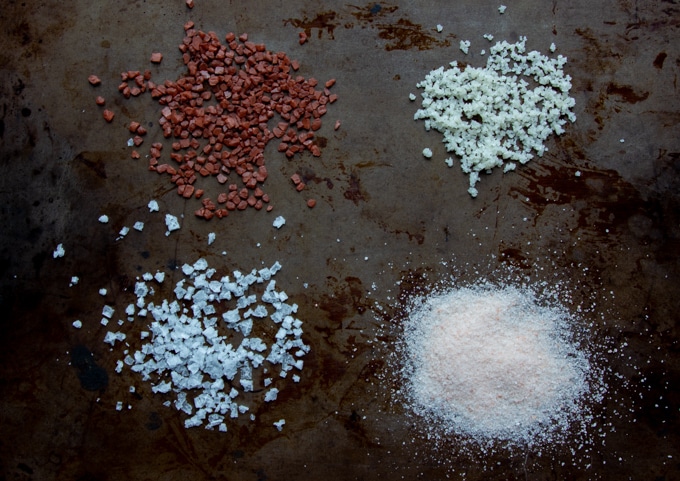
Dissolubility is related to how the salt behaves when it is added to food. Does it dissolve slowly or quickly? Will it dissolve easily, or create a crunchy salty topping?
The question of density relates to the all important issue of quantity, which is a factor that’s highly dependent on shape.
If your salt crystals are fine, then more salt will fit into a teaspoon. If it’s coarse or flaky, less salt will fit.
Fine crystals are messy to pick up with your fingers, while a slighter coarser variety is easier for chefs to work with, as long as it dissolves easily.
Be Aware Of This!
Let me highlight the importance of density for you with an example.
A favorite salt recommended by many American chefs and national magazines is Diamond Crystal Kosher Salt, the one that comes in the red box. It is a processed sea salt.
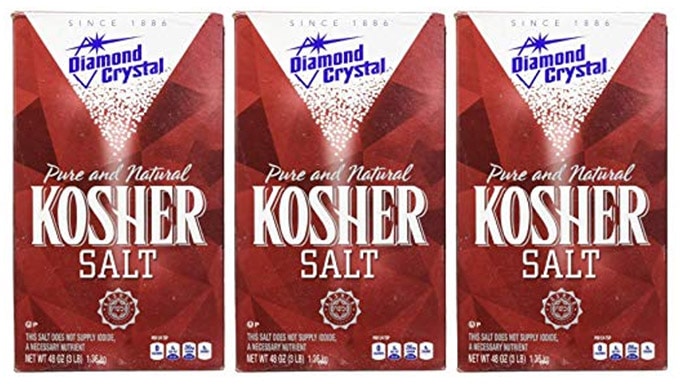
Diamond Kosher Salt crystals are rough and uneven. The manufacturer even claims they are hollow and therefore dissolve easily.
These are qualities that many chefs love. Therefore, this salt is popular among foodies, despite the fact that it is manufactured by Cargill, a massive global industrial salt supplier.
However, the physical characteristics of Diamond's salt crystals cause this particular salt to be HALF AS SALTY AS FINE GRAINED SALTS.
You can imagine the havoc that could ensue if a recipe calls for Diamond Crystal Kosher Salt (and many do), and home cooks use fine salt and inadvertently use TWICE the amount of salt.
Watch out for this so you don't end up with salty soup.
Your best defense is to get to know the characteristics of your own salt, add less than the recipe calls for to start, and develop your intuition and cooking skills.
Why Do I Recommend Himalayan Pink Salt?
Himalayan pink salt gained prominence in the West recently after a marketing push popularized this ancient source of rock salt.
All kinds of wild claims were made about the health benefits of Himalayan pink salt, and soon the haters appeared.
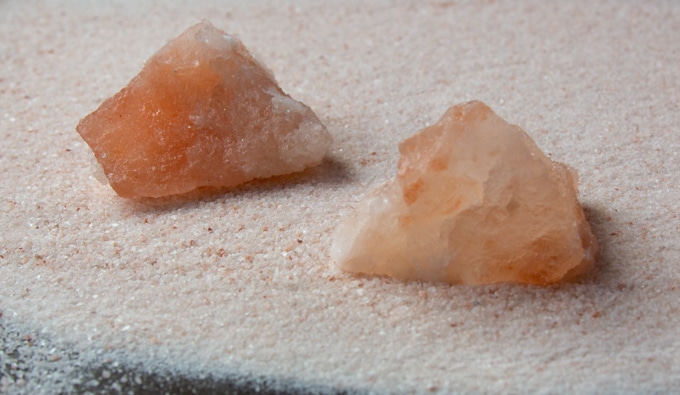
Critics pointed out that the pink color of Himalayan salt comes from its impurities, and that such impurities aren’t good for you.
You should know that all salts (with the exception of highly refined salts), contain between 1 percent to 5 percent so-called impurities.
These impurities are actually trace minerals like calcium, potassium, molybdenum and strontium. Sometimes these minerals account for the salt’s unique color.
Himalayan salt’s characteristic pink color comes from iron, grey salt’s is from grey clay, red and black Hawaiian salt’s come from ancient volcanic ash.
Many quality salts, Himalayan salt included, claim to contain up to 84 beneficial trace minerals that your body needs for optimal health.
(Somehow, the critics claim that all salt is exactly the same in terms of your health. It isn't.)
My understanding is that these minerals are part of the organic constituent matter of earth, and since we are also part of the earth, there is a congruence between the two.
The idea of refining the organic life out of the salt to make it somehow purer just doesn’t make sense to me.
I believe this mentality is part of why our modern sanitized diets have left us nutritionally deficient in so many ways, as well as separated from the wisdom of the earth.
In my opinion, consuming natural salt is one of the few ways we can connect with this intelligent source of life, and find greater harmony with nature.
How Does Himalayan Pink Salt Taste?
Unrefined natural salts like Himalayan salt taste way better than table salt. The taste is far more complex, mellow, and balanced than chemically refined salts, which taste like chemicals.
This is comparable to the stark difference in taste between refined white sugar and raw sugar (turbinado). Raw sugar is less processed and keeps more of the natural molasses with the sugar crystals.
Molasses contains iron, calcium, magnesium, vitamin B6, and selenium.
While the quantity of these vitamins and minerals may be very slight, it still shifts the taste from an extreme chemical flavor to a more balanced and complex flavor.
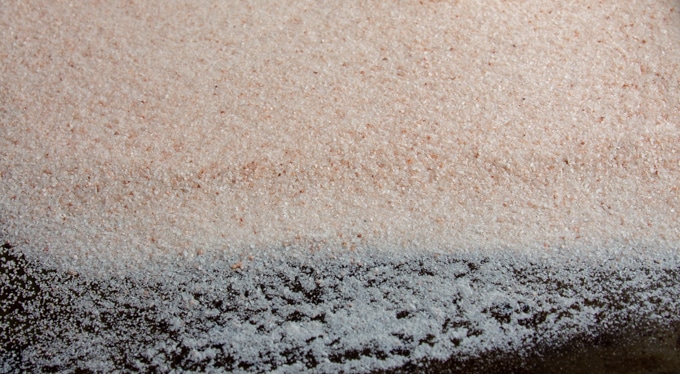
In terms of salt, Himalayan pink salt still tastes salty, but on a scale of 1 to 10, it’s a 7 or an 8.
According to the ancient science of Ayurveda from India, Himalayan pink salt also has a sweet element to its taste. No other salt has this! Then, there's the mineral earthy taste that's part of this salt, which adds pleasing complexity to its flavor.
I have found that cooking with a natural salt like Himalayan pink salt makes it easier to balance your flavors when cooking.
According to Ayurveda, there are Six Tastes. These are sweet, sour, salty, bitter, pungent, and astringent.
With mind-body cooking, you want to balance these six tastes to create harmony.
If you began with an extreme salty taste, you would need to add extra of every other taste to balance the processed salt.
In this way you may be able to balance your flavors, but the overall taste will still be extreme. It is the difference between a little of each taste, and a lot of each taste.
So if you are trying to reduce salt and sugar intake, using a natural source can help a lot. Hope this makes sense?
RECOMMENDED FOR YOU:
How To Cook With Ayurveda’s Six Tastes (Step-By-Step Guide) —READ MORE
What Is Mind-Body Cooking?
—READ MORE
How Does Rock Salt Impact Mind And Body?
According to Ayurveda, rock salt is balancing for all doshas, which means it is balancing for everyone. In Ayurveda, your dosha refers to your individual constitution.
Rock salts are salts that are harvested from ancient, fossilized sea beds. This salt originated in a distant age, and it has been protected deep within the earth.
Rock salts are salty and sweet (versus only salty), medium hot (instead of really hot), and light (rather than heavy).
It is these unique qualities that make rock salts a superior choice.
Himalayan pink salt is the most common rock salt (and probably the best) in the world today, but it isn't the only rock salt you can find.
Conversely, high quality natural sea salts, such as grey salts, sel gris, and fleur de sel, are considered unbalancing for about two-thirds of humanity (kapha and pitta doshas) due to their extreme saltiness, heat, and heavy qualities.
Common table salts, and most sea salts on the market (including Diamond Crystal Kosher Salt), are detrimental to everyone due to heavy processing and refining.
This may be surprising to you. Sea salts are meant to be better for you right?
What Is Sea Salt?
Let’s talk about sea salt for a minute.
Technically, all salt in the world is sea salt, because all salt comes from the sea (or ocean).
The difference between sea salt and rock salt is a matter of a living ocean source, versus an ancient petrified rock sea bed that’s typically mined thousands of feet underground.
A quality sea salt is hand harvested from a living ocean and minimally processed.
These types of salts, which include Celtic Salt, Jacobsen’s Salt, grey salts, fleur de sel, and many others from around the world, do contain the trace minerals we want.
I still enjoy these salts for their clean, briny flavors, and their varied shapes. I also include these salts in my diet so that I consume a greater variety of trace minerals and elements.
RECOMMENDED FOR YOU:
This Quality Sea Salt Looks Like Shaved Ice, And Tastes Like The Sea
—READ MORE
Now let’s talk about lower quality sea salts. Hmmm … maybe it isn’t fair to call them lower quality. The manufacturers probably consider them to be higher quality!
These salts are subject to more layers of processing and refinement, often involving chemicals to bleach and remove their naturally occurring so-called impurities.
These salts have more extreme flavors and they will be the cheapest salts on the market. Some cheap sea salts are also refined rock harvested salts in disguise.
Where Does Himalayan Pink Salt Come From?
Himalayan salts come from ancient sea beds located thousands of feet below the earth in the Himalayan mountain regions of China, Nepal, Myanmar, Pakistan, Bhutan, Afghanistan, and India.
The best Himalayan salts are not pink at all, but rather clear and colorless.
However, the majority of Himalayan salt available in the Western world is pink (probably due to the marketing), and it comes from a massive mine in Pakistan, known as Khewra Salt Mine.
This mine is located 2,400 feet into the mountain and covers an area of 43 square miles.
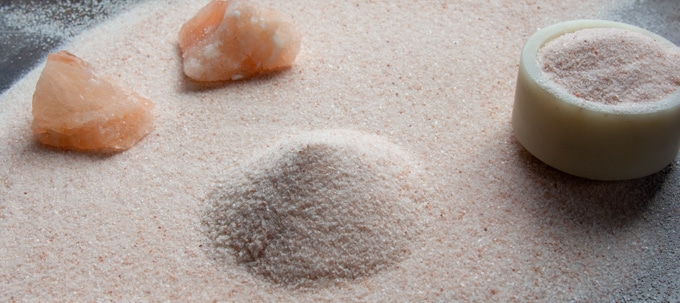
Himalayan rock salt from this mine is harvested by hand and processed by hand.
According to Ayurvedic doctor Acharya Shunya, rock salt is greatly praised in ancient Ayurvedic texts.
Why? The story goes like this:
More than 200 million years ago, the earth’s tallest mountain range (Himalayas) was still under water when crystalized sea salt beds within them were covered in rich lava from underseas volcanic explosions.
Then, in the millennia of ice ages that followed, the salt was infused with the energetic quality of coolness.
Coolness is a quality that's in great demand in this modern era of inflammation and heat-related chronic diseases.
According to Ayurveda, Himalayan salt is also imbued with the quality of lightness, which serves to counter the heaviness and inertia associated with being overweight.
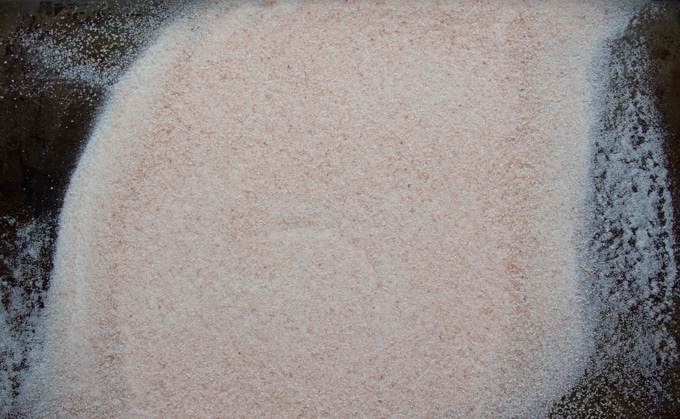
And finally, Shunya points out the obvious pristine virtues of Himalayan salt. It was protected under ancient oceans, sacred mountains, deep lava, and miles of ice for millions of years.
Compare this energetic footprint with the salt that is harvested from the waters of modern San Francisco Bay and refined into Morton’s Crystal Kosher Salt.
Which would you choose?
What Is Himalayan Pink Salt Good For?
Himalayan sea salt is usually sold as fine crystals that have a square shape. The salt is very dry, which means that it flows easily and measures easily with a spoon.
It isn’t as comfortable to pick up with your fingers, since the fine crystals may get stuck under your fingernails.
This rock salt is perfect for the bulk of your cooking, where you are measuring in recipes or baking, or adding a quantity to a dish.
If you want a finishing salt or salt form a living ocean, I have two recommendations to add to your pantry: Celtic Sea Salt and Maldon or Jacobson’s flake salts.
Why I Also Love Celtic Sea Salt
Celtic Sea Salt is my first love. It was my entrance into the world of quality salts, and I still use it today.
This salt is sold coarse or fine, with coarse being way cheaper. I tend to buy coarse and grind it into fine using a mini chopper. It is also perfect in a salt grinder.
Celtic Sea Salt is what is known as grey salt or sel gris. It tends to be high in moisture, so it clumps. This means you can really get your fingers around it. It actually feels amazing between your fingers.
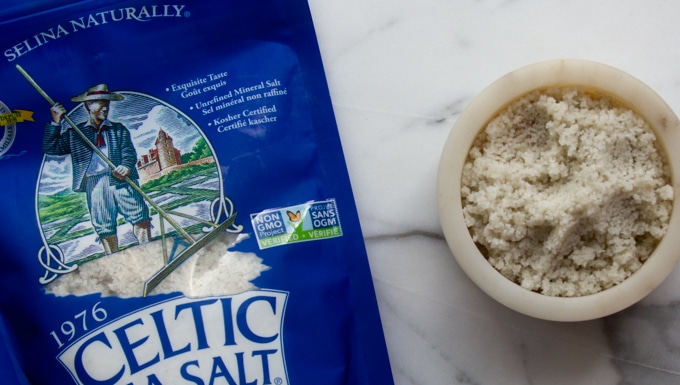
I really love the taste as well. It is super salty and super briny, genuinely carrying the energy of the French sea.
The grey color comes from the pure clay lining of the salt beds it is hand harvested from.
I personally believe eating a bit of fine clay is good for the mind, body, and soul.
In my day to day cooking, I switch between Celtic Salt and Himalayan Pink Salt.
I use a cheaper sea salt for salting pasta water, and for making pickles, any use where a large quantity of salt is required.
How Do I Use Finishing Salt?
A pyramidal flake salt is what is known as a finishing salt. It is perfect for adding to salads, or as a final touch on any dish you make.
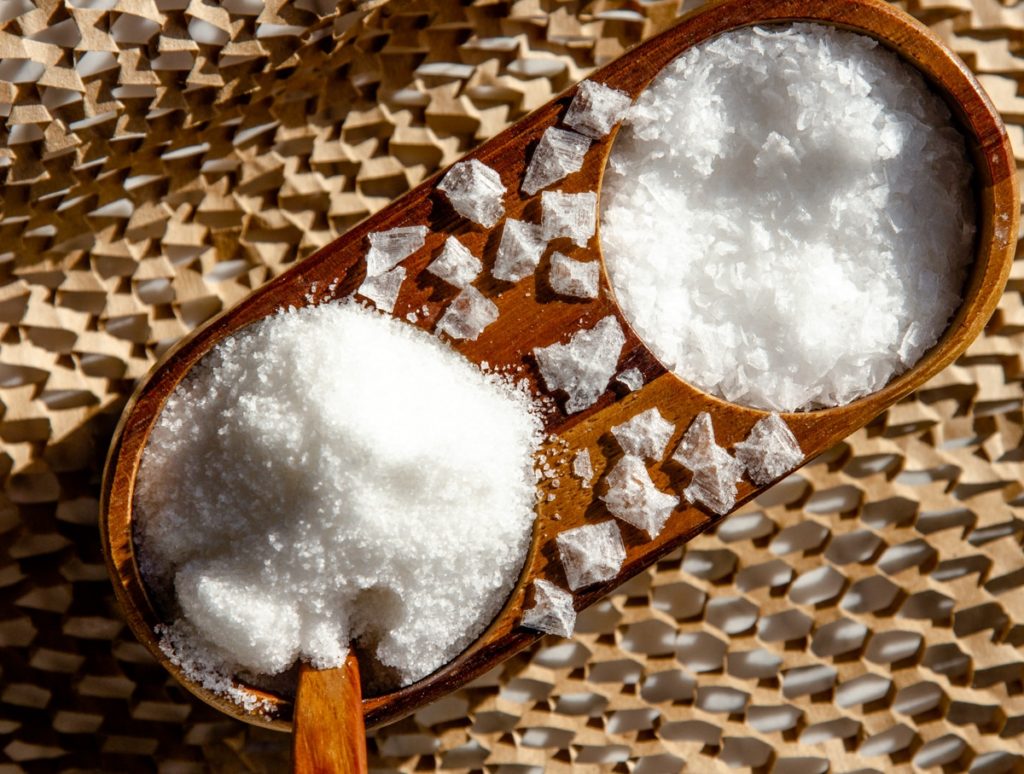
Salt brings out flavor and enhances flavor. You would be amazed at what a little extra salt can do, as long as your diet allows for it.
If you choose a high quality natural salt, and moderate your salt intake by avoiding processed foods, a bit of extra salt on top is a wonderful addition to most meals.
How Do I Use A Speciality Salt?
I purchased a Red Alaea (clay) Hawaiian salt after tasting dozens of different salts at Jacobsen Salt Co’s tasting store in Portland, Oregon.
This is a beautiful sea salt from a living ocean with a unique coral color and a very mild earthy flavor.
Red Hawaiian salt undergoes its last rounds of drying in brick-red beds dug into inert volcanic lava.
I live it, but I haven't used it, because I don’t remember it.
This is one of the downsides of speciality salts.
There is a huge variety of flavored salts out there. Gourmet seasoning salts are trending in America today.
I especially like the ones that are combined with seaweeds like dulse. These are particularly good on eggs.
I would encourage you to think about how you will enjoy your specialty salt. Make sure that you love that flavor, cause it’s going in your food.
Conclusion
I hope this post was helpful to you. Writing it was a delightful process of discovery.
In every recipe on the Buttered Veg blog I call for “quality salt,” but what does that really mean? I wanted to answer it.
I just love digging into the source of our food and understanding more about how our choices impact our quality of life.
As I reflected on the pristine qualities of Himalayan pink salt, I also reflected on how I felt standing at 8,000 feet in the Himalayan mountains at Mussoorie, India as the sun set.

Overawed is one feeling. Blessed is another.
When I imagine the many hands that bring pink salt out of that mine in Pakistan and compare it side-by-side with some form of mechanized production in another salt, I know that I would always prefer the human touch.
Below are my three essential salt recommendations for you. Each of these salts is harvested by hand.
- Himalayan pink salt for day to day cooking, especially for measuring out in recipes and baking.
- Celtic Sea Salt, or another salt from a living ocean, for a burst of briny flavor, and a change from pink salt.
- Maldon Flake Salt as a finishing salt. Break it up between your fingers and sprinkle on salads and plated food to brighten and enhance flavors.
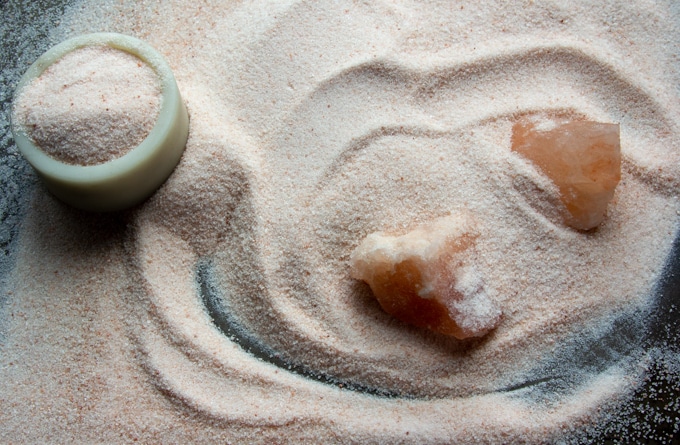
If you liked this post, please share it with your friends, or leave a comment below.
For more Buttered Veg lifestyle content, follow me on Pinterest, Facebook, Instagram, and Twitter.
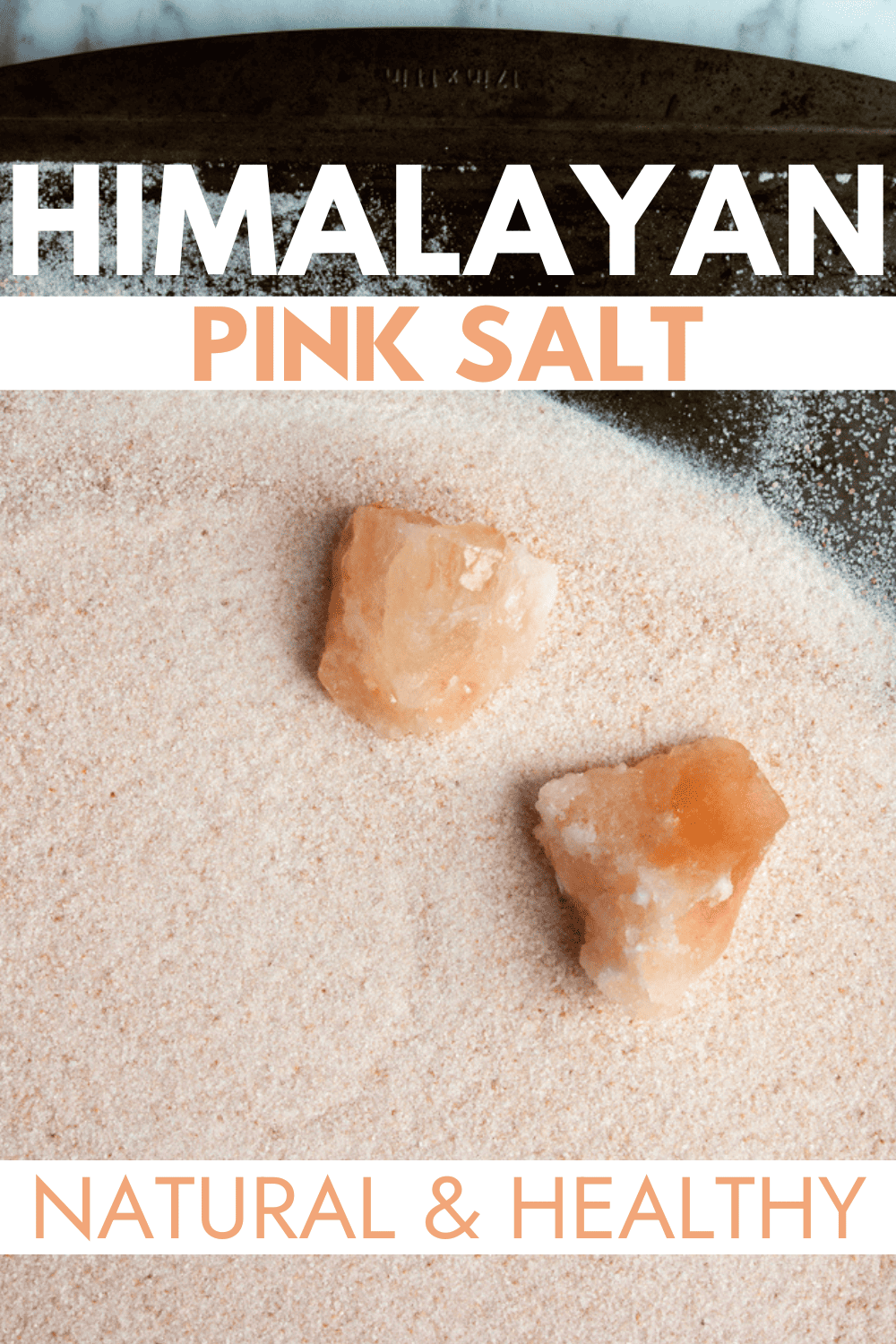

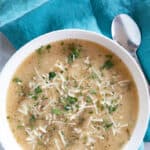
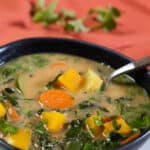
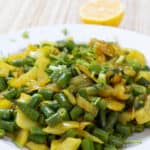
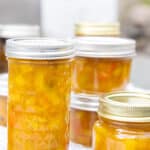



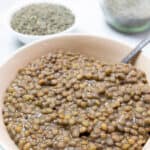
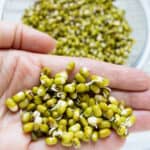
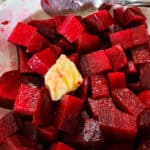


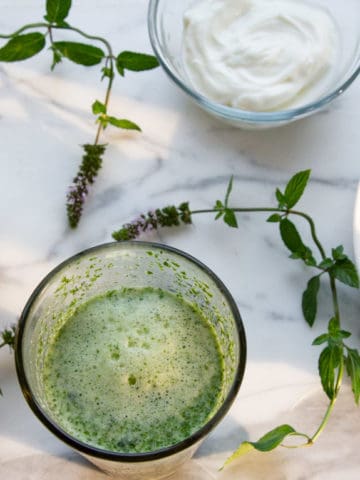
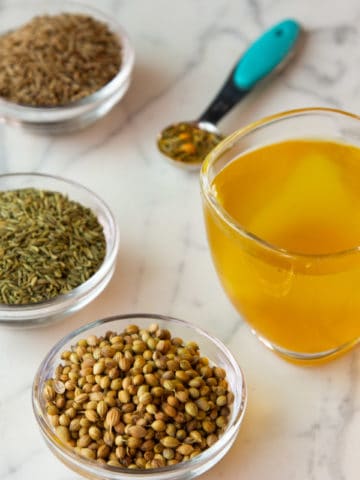
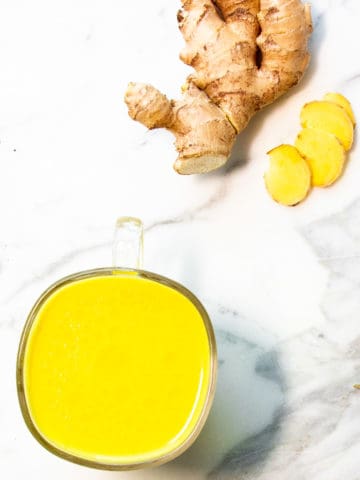
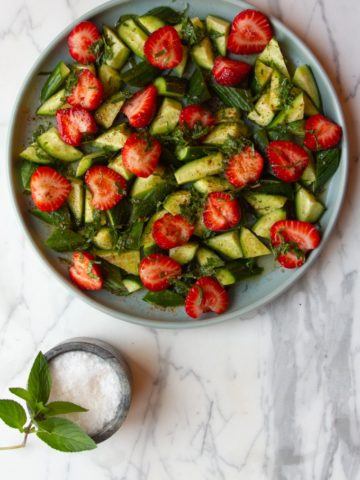
Sobaan Salt
Thank you for highlighting the health benefits of Himalayan pink salt!
Andrea
Thanks for the comment!
joy
Good points were made! Thanks for writing. I want to share a company who helps me with keeping my health in check. "Himalayan Rock Salts". They have rock salt lamps that, in particular, makes me feel relaxed especially in meditation. Once again, thanks!
Standard Salt
Hi Andrea,
Thanks for spreading the knowledge about Himalayan pink salt health benefits. Standard Salt is highly recommended Himalayan Salt exporter from Pakistan, as well as leading salt mining company.
Alina
hi, Himalayan salt is a natural ingredient we can use himalayan salt for different purpose in daily routine. here 786 enterprises provide himalayan salt with their natural taste.
Andrea
Hi Alina, Thanks for the comment!